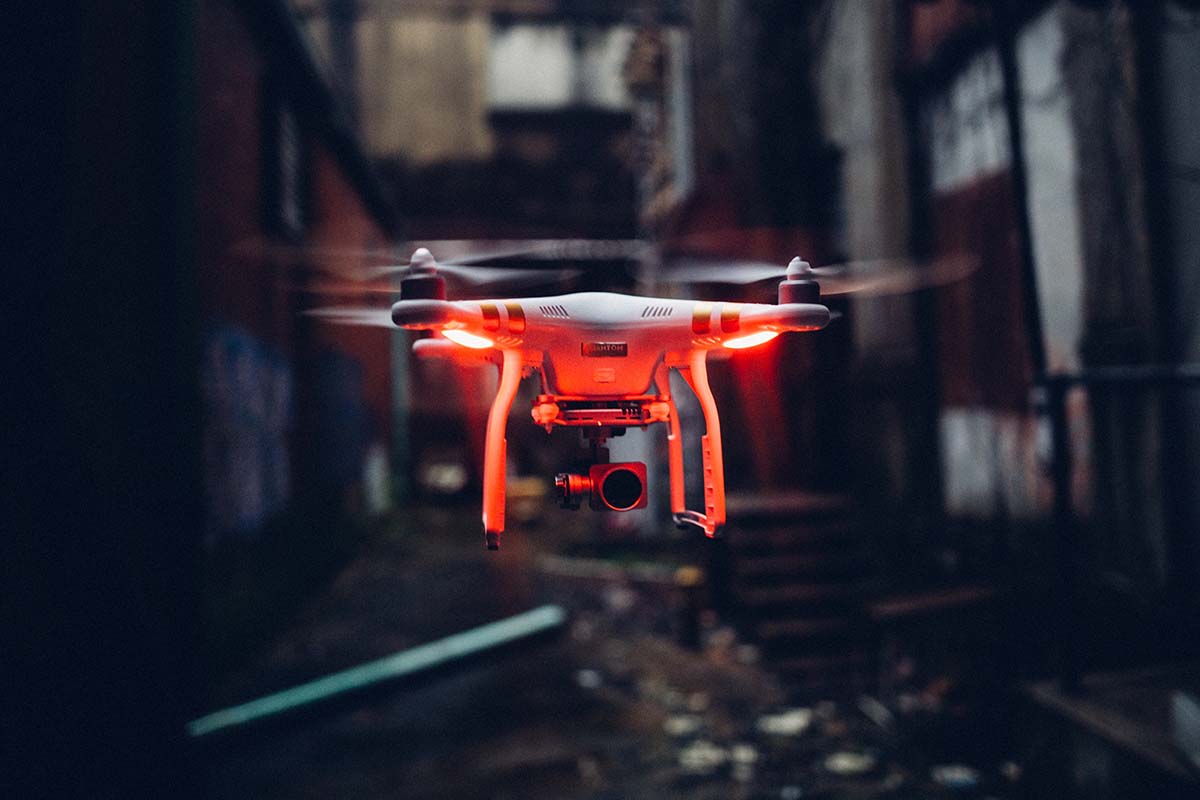Oil Cyber Attack Trends
Like other sectors, the oil and gas industry is becoming increasingly digitized. With the integration of complex technological systems and the vast flow of data across international borders, the sector presents an alluring target for cyber attackers. As we stand at the brink of a new era in cybersecurity, it’s imperative to be aware of the threats looming over the oil sector and be prepared for what the future may bring.
The Rising Threat Landscape
- Historical Context: Over the past decade, we’ve witnessed cyberattacks ranging from minor infiltrations to disruptive attacks on oil infrastructure. Notable instances include the 2012 Shamoon malware attack that incapacitated 30,000 computers of the Saudi Arabian national petroleum and natural gas company, Aramco. Such attacks underline the evolving nature of threats, which are no longer just about information theft but also about causing tangible destruction.
- Nation-State Actors: Espionage, geopolitical tensions, and strategic interests often drive nation-states to target the energy sector. Countries keen to get a competitive edge or destabilize rivals, could increasingly resort to cyber warfare tactics.
- Ransomware 2.0: We’ve seen ransomware evolve from mere malware to advanced strains targeting industrial control systems (ICS). Ransomware attacks may be used to halt operations, manipulate data, or damage machinery.
Emerging Vulnerabilities
- Internet of Things (IoT) and Operational Technology (OT): As the industry embraces IoT devices for monitoring and controlling oil production, these become potential points of entry. The intertwining of OT with IT systems creates an environment where a breach in one can affect the other.
- Supply Chain Attacks: Cybercriminals have begun targeting less-secure vendors and suppliers to gain access to large oil corporations. This indirect approach undermines trust and highlights the need for comprehensive cybersecurity policies across the supply chain to ensure you don’t become the victim of a oil cyber attack.
- Cloud and Edge Computing: The shift to cloud infrastructure is a double-edged sword. While it offers scalability and flexibility, it can also expose critical data if not secured adequately.
- 5G and Network Security: As the oil and gas industry shifts towards the adoption of 5G for faster data transfer and more reliable connectivity, there’s also an increase in the attack surface. New network technologies can introduce vulnerabilities, especially if not implemented with security as a priority.
- Legacy Systems: Many oil facilities operate on older infrastructure and systems that weren’t designed with today’s cyber threats in mind. These legacy systems, often running outdated software, can become easy targets for cyber attackers.
- Mobile Workforce and BYOD: With a globalized workforce and the rising trend of Bring Your Own Device (BYOD), securing endpoints becomes challenging. Mobile devices can be a weak link, especially when used in insecure networks or when they contain sensitive company information.
- Data Interchange and Integration: As companies in the sector collaborate and integrate their systems for smoother operations, they need to share data. This interchange can become a vulnerability if not managed and encrypted correctly.
- Lack of Cybersecurity Professionals: The gap between the rising threat levels and the availability of trained professionals in cybersecurity is a critical vulnerability. Oil companies are at a disadvantage without a dedicated team to manage and respond to threats.
What to Expect in the Coming Years
- AI-Powered Attacks: Artificial Intelligence can be a boon for defenders and attackers alike. We may see sophisticated attacks that utilize machine learning to find vulnerabilities or craft phishing emails that are eerily accurate.
- Deepfake Threats: Imagine receiving a video call from the CEO of an oil company asking for immediate access to a certain system. Only, it isn’t the CEO, but a deepfake. This fusion of AI and cybercrime could lead to incredibly deceptive breaches.
- Drone-Related Breaches: Drones can be used for surveillance or even to deliver payloads to disrupt operations. As drone technology advances, so will its potential misuse.
- Quantum Computing Threats: With advancements in quantum computing, we may face a future where traditional encryption methods become obsolete. Quantum computers have the potential to break cryptographic codes that secure data transfers, making previously secure systems vulnerable.
- Biohacking and Biometric Data Breaches: As industries, including the oil sector, move toward using biometrics for security, there’s an increased risk of bio-data theft. Cyber attackers might not just steal passwords but could potentially replicate biometric data, such as fingerprints or retinal scans.
- Augmented Reality (AR) and Virtual Reality (VR) Exploits: With AR and VR becoming more integrated into training and operations, there could be novel attack vectors. An attacker could manipulate virtual environments to mislead users, which could be especially hazardous if used in simulation training for crisis scenarios.
- Green Energy and Transition Threats: As the world pivots towards greener energy solutions, oil companies that are transitioning or diversifying into renewable energy will face unique cyber threats related to new technologies, like smart grids and wind turbine systems.
- Social Engineering 2.0: As technology advances, so do the methods to exploit human behavior. We might see more advanced, AI-driven psychological manipulation methods that are far more convincing and harder to detect than traditional phishing attempts.
Protective Measures: The Way Forward
- Proactive Defense: This involves continuous monitoring and threat intelligence gathering. Companies should actively seek and rectify potential vulnerabilities instead of waiting for an attack to happen.
- Employee Training: Cyber hygiene starts with awareness. Regular training sessions can ensure that every member is up-to-date with the latest threats and best practices.
- Collaboration: Sharing threat intelligence with other companies and joining forces with governments can ensure a cohesive defense strategy.
Conclusion
The oil industry’s digitization brings immense benefits, from enhanced operational efficiency to reduced costs. However, the cyber threat landscape is constantly evolving, posing significant challenges. By understanding these trends and preparing proactively, the industry can not only defend itself but also thrive in this new era.



















